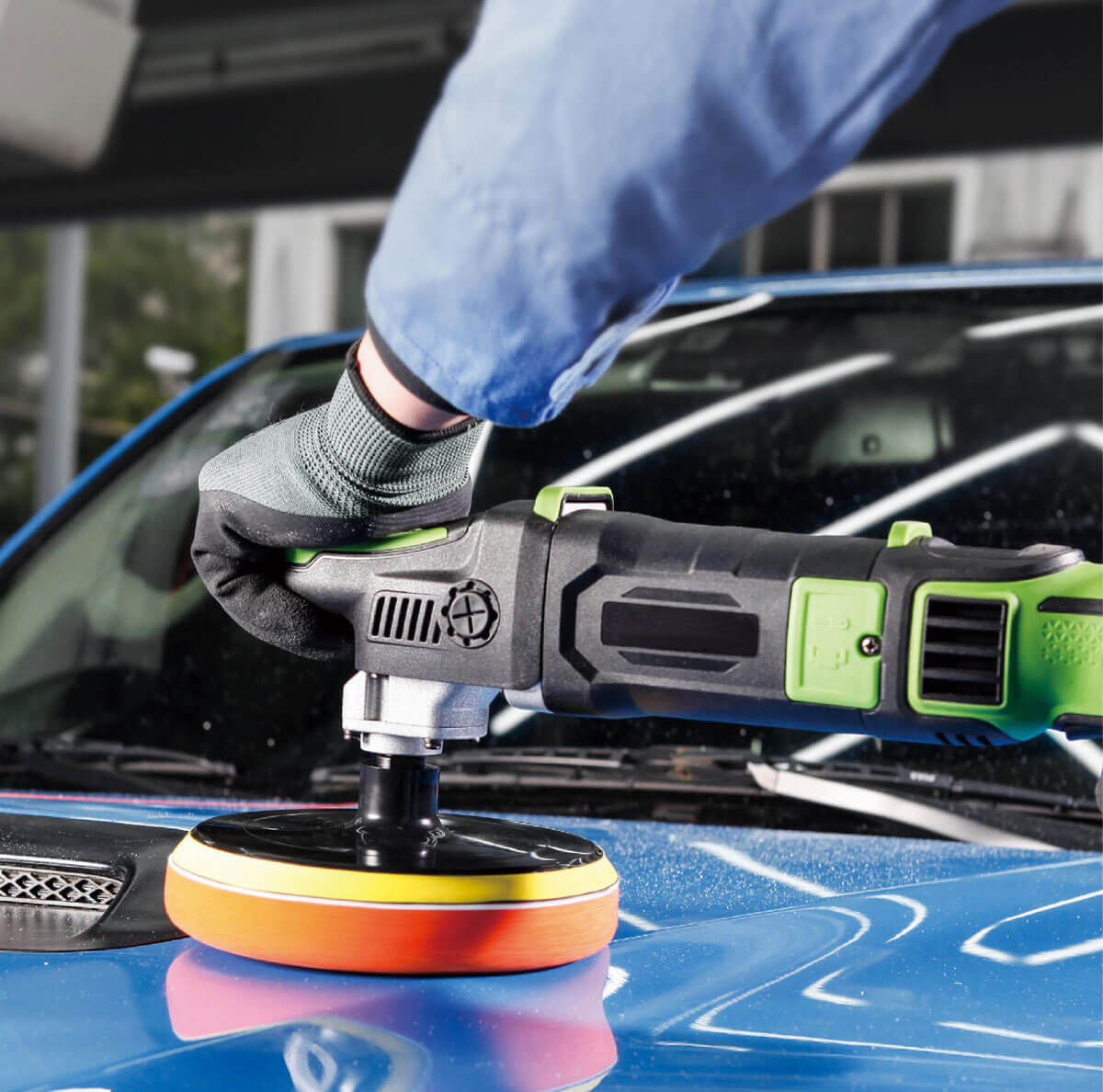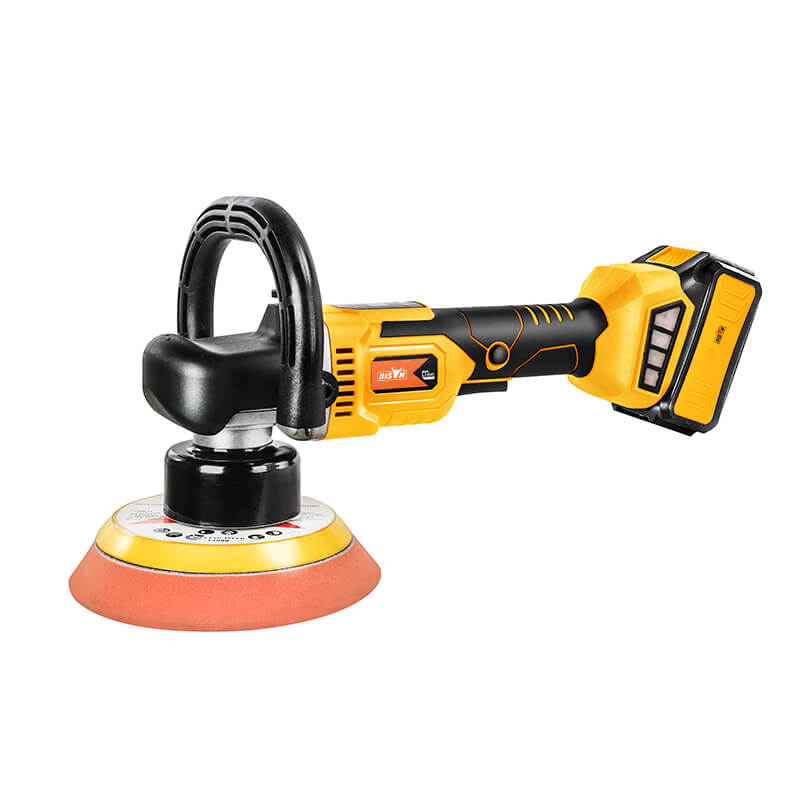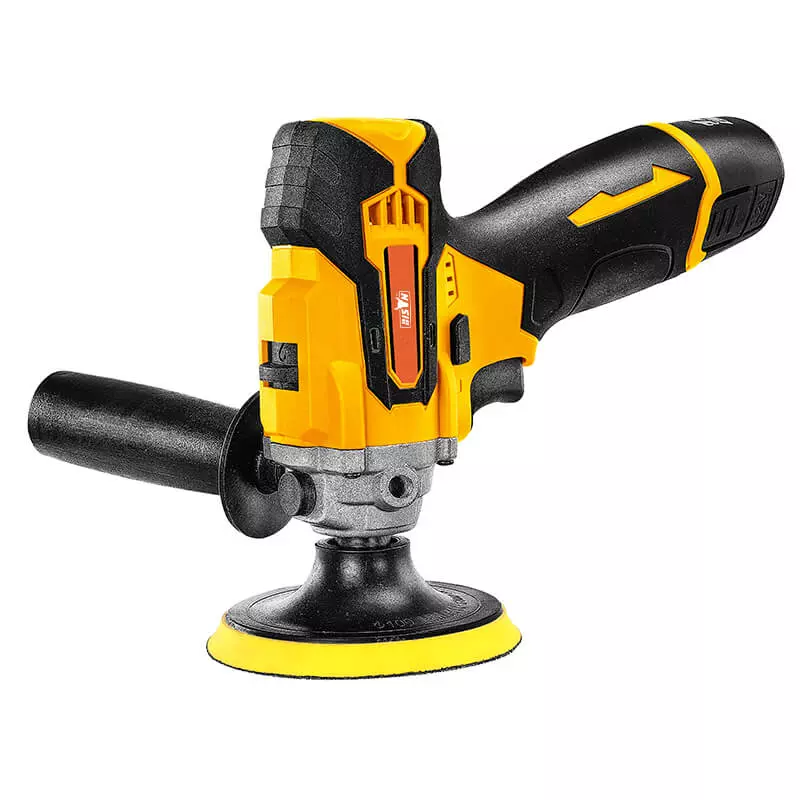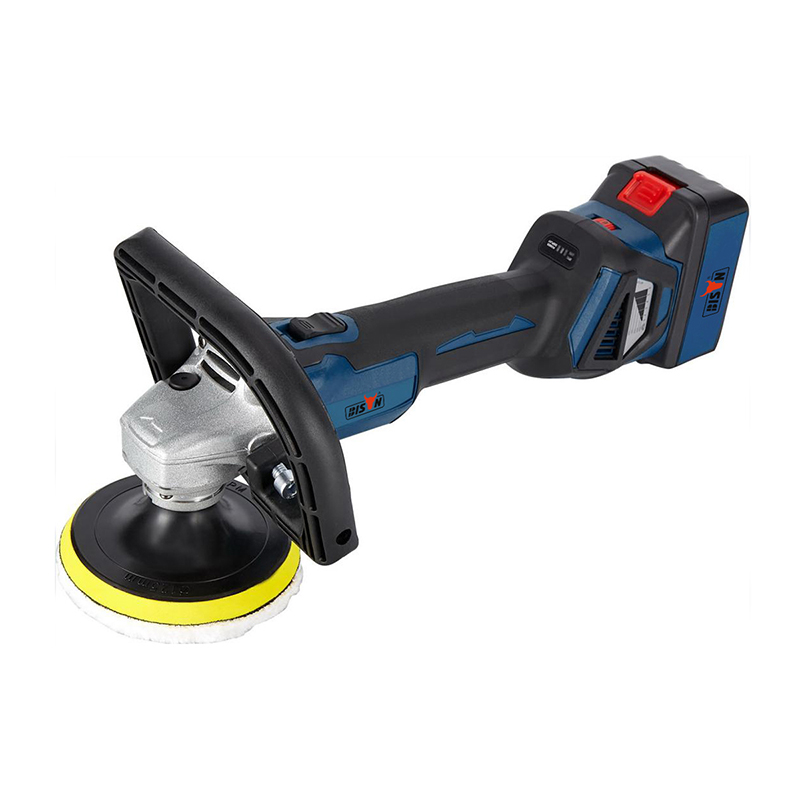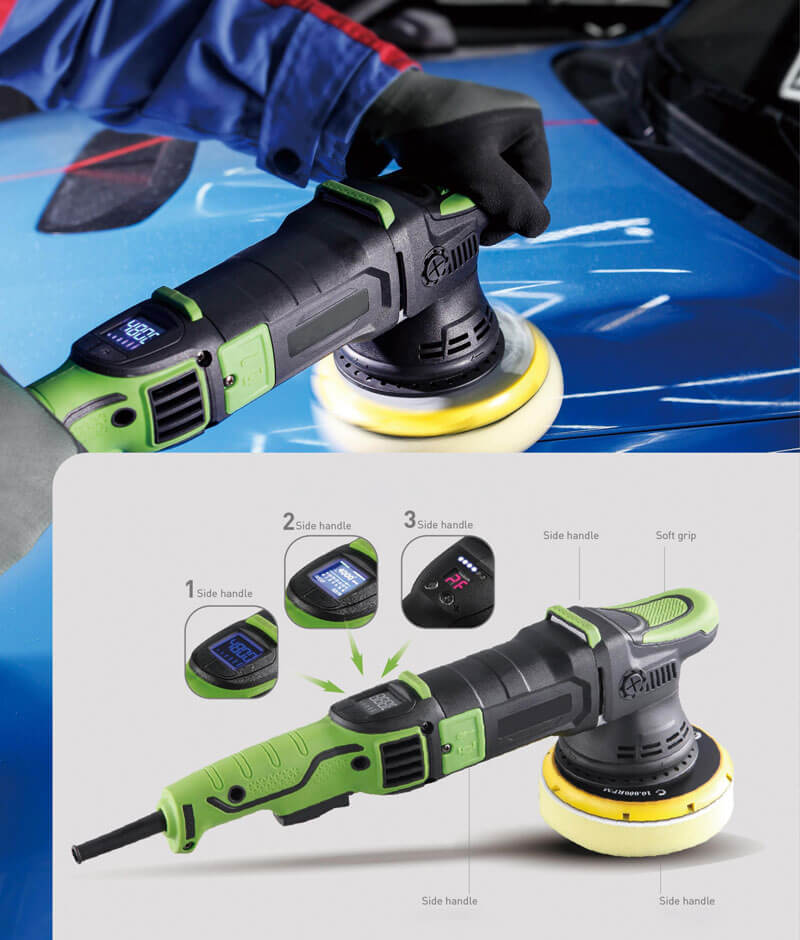Polidores são dispositivos mecânicos projetados para melhorar e aprimorar a superfície de vários materiais, com o objetivo principal de obter um acabamento suave e polido. Polidores desempenham um papel essencial em várias indústrias. De marcenaria e metalurgia a detalhamento automotivo e fabricação de joias. Essas ferramentas usam materiais abrasivos, almofadas de polimento e mecanismos de movimento para remover imperfeições, arranhões e irregularidades das superfícies. Ferramentas de polimento melhoram a estética, aumentam o apelo visual e, às vezes, até restauram o brilho original do material.
No entanto, nem todos os polidores são criados iguais. O impacto e a eficiência de um polidor dependem amplamente de sua qualidade, tipo e funcionalidade personalizados para diferentes casos de uso. Um polidor de carro pode não ser adequado para polimento de móveis, assim como um polidor rotativo pode não ser eficaz para concluir tarefas complexas de detalhes.
Portanto, encontrar o polidor certo se torna uma tarefa crítica e repleta de complexidades.
Para ajudar esses compradores, criamos este guia abrangente.
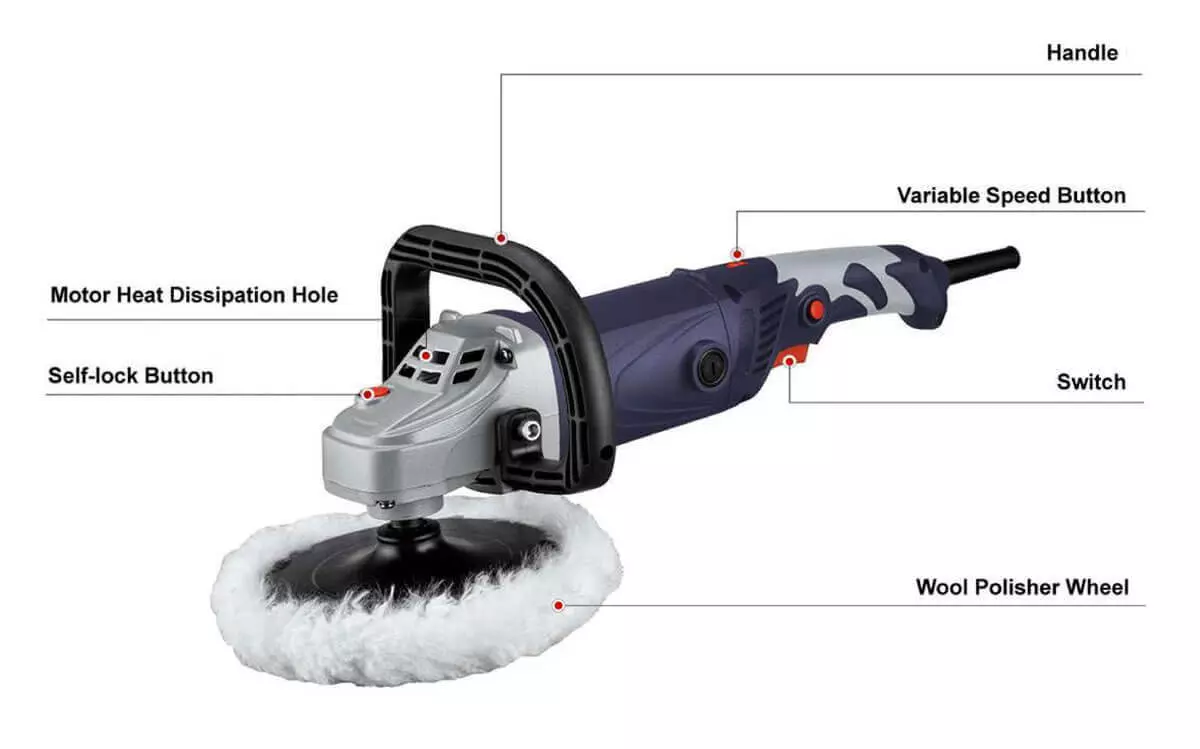
Tipos de polidores
Existem diferentes tipos de polidores, cada um com um mecanismo único e específico para cada propósito. Entender esses mecanismos fornece a base para tomar uma decisão informada.
Polidores rotativos
Polidores rotativos, às vezes chamados de polidores circulares, operam em um único mecanismo de movimento rotativo. Ou seja, a almofada de polimento gira em um único eixo, assim como a Terra gira em seu eixo. O usuário aplica pressão à ferramenta para remover imperfeições das superfícies.
Com seu mecanismo de trabalho robusto, polidores rotativos provam ser extremamente benéficos para tarefas de correção pesadas. Polidores rotativos são amplamente usados em detalhamento automotivo para corrigir imperfeições de pintura. Em metalurgia, polidores rotativos são usados para polir vários metais. Seja trabalhando em aço inoxidável, alumínio ou outros metais, esses polidores podem remover manchas superficiais, corrosão e arranhões, deixando um acabamento suave e reflexivo.
No entanto, esse tipo de polidora requer manuseio cuidadoso e um certo nível de habilidade para uso efetivo. Portanto, essas máquinas são geralmente recomendadas para usuários experientes.
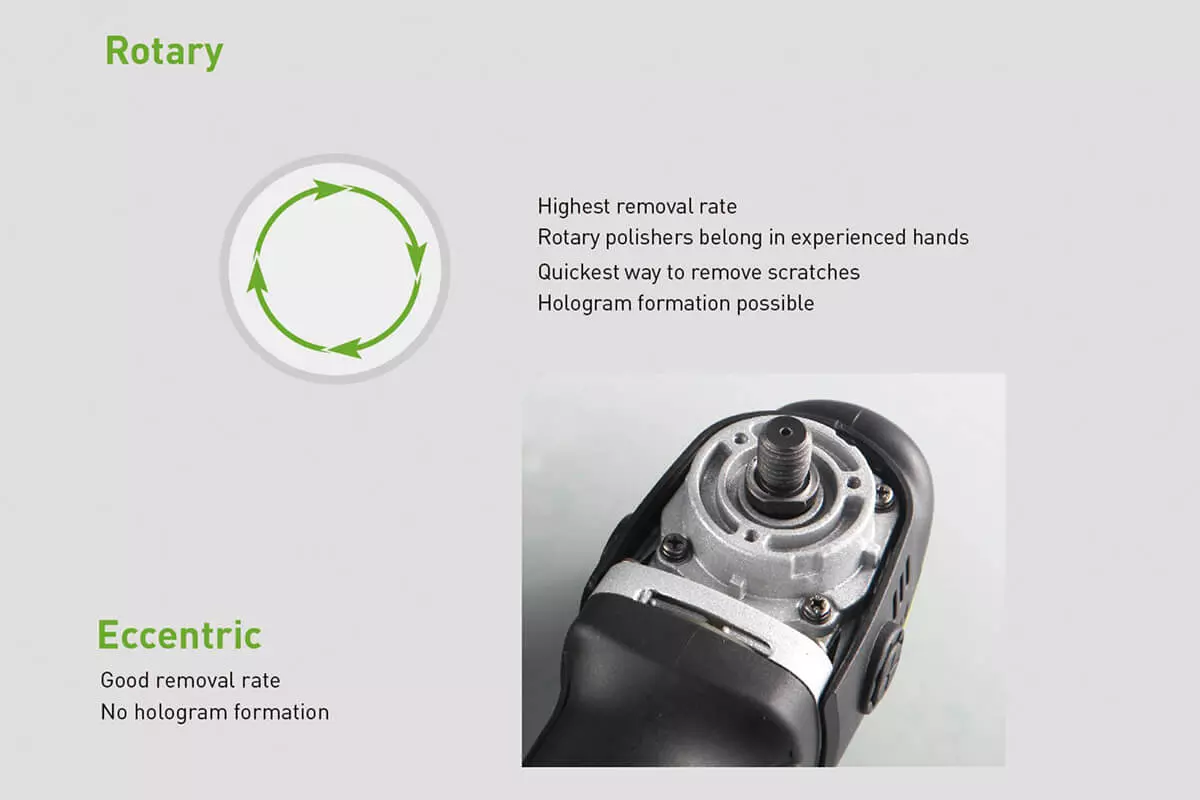
Polidora de dupla ação (órbita aleatória)
Polidores orbitais aleatórios ou de dupla ação usam diferentes ações de polimento rotativas para operar usando uma combinação de movimentos. A almofada de polimento se move de duas maneiras - ela gira em torno de um eixo central (rotação) e a almofada também oscila em um caminho circular excêntrico em torno do eixo central de rotação (movimento orbital). Imagine que a Terra orbita o sol enquanto também gira em seu próprio eixo; esta metáfora captura a essência de um polidor de dupla ação.
O mecanismo de dupla ação garante que o calor e o atrito sejam distribuídos uniformemente pela superfície. Eles são comumente usados em detalhamento automotivo para tarefas como enceramento, redemoinho leve e realce de acabamentos de pintura sem o risco de hologramas ou marcas de redemoinho, tornando-os mais seguros para iniciantes.
No entanto, pode ser necessário mais tempo e esforço para tratar superfícies profundamente danificadas ou oxidadas.
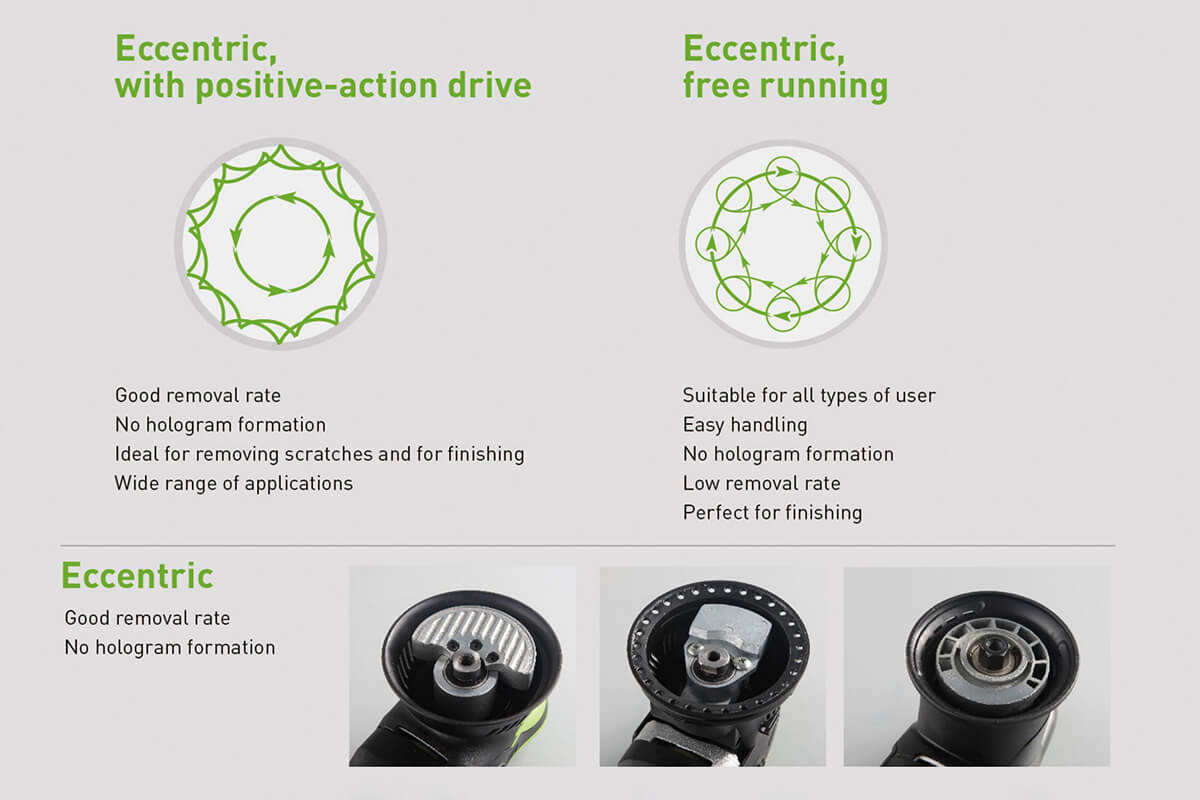
Esmerilhadeira angular com almofada de polimento
Esmerilhadeiras angulares equipadas com almofadas de polimento são amplamente utilizadas em metalurgia. Os metalúrgicos geralmente prendem uma roda de polimento a uma esmerilhadeira angular para polir a superfície. Elas são ferramentas versáteis para várias tarefas de polimento de metal, incluindo remoção de ferrugem, arranhões e descoloração de solda.
Escolhendo o polidor certo: fatores importantes a considerar
Escolher uma polidora envolve mais do que apenas escolher entre uma configuração rotativa e de dupla ação. Fatores como potência, velocidade, facilidade de uso, acessórios, confiabilidade e preço desempenham um papel integral na sua decisão de compra. Esses fatores devem ser cuidadosamente considerados e avaliados para comprar uma máquina de polimento que atenda exatamente às suas necessidades.
potência e velocidade
A potência de uma polidora geralmente determina sua velocidade, dois atributos que são essenciais para atingir um trabalho eficiente e de alta qualidade. Polidoras mais potentes geralmente oferecem velocidades mais altas e são adequadas para lidar com tarefas pesadas com facilidade. Polidoras com várias configurações de velocidade ajudam a atender às necessidades de várias tarefas e materiais diferentes.
Acessórios: pastilhas e compostos
Acessórios aumentam a versatilidade e a eficácia do seu polidor. Acessórios comuns incluem diferentes almofadas de polimento e compostos.
As almofadas de polimento vêm em uma variedade de tamanhos, e o tamanho afeta a área de cobertura e a capacidade da máquina de entrar em espaços apertados. Almofadas maiores (como 6 polegadas) são ótimas para espaços abertos e planos, como capôs ou telhados. Por outro lado, almofadas menores (como 3 polegadas) são ótimas para superfícies estreitas ou contornadas, onde a precisão é fundamental.
Almofadas de espuma : São ideais para acabamento e obtenção de alto brilho. Estão disponíveis em diferentes densidades, permitindo a versatilidade para atingir diferentes níveis de corte e acabamento.
Almofada de microfibra : Eficaz para cortar e remover imperfeições. Almofadas de microfibra proporcionam um corte agressivo, tornando-as adequadas para trabalhos que exigem ação mais abrasiva.
compostos
Compostos de corte pesado : São usados para remover materiais agressivos e reparar arranhões profundos ou imperfeições. Adequados para estágios iniciais de polimento em superfícies ásperas.
Compostos de corte médio : São projetados para melhorar superfícies após cortes pesados. Eles removem imperfeições moderadas e preparam a superfície para polimento final.
Compostos de acabamento : São usados para etapas de polimento final para obter um acabamento de alto brilho. Esses compostos são menos abrasivos e focam em melhorar a superfície.
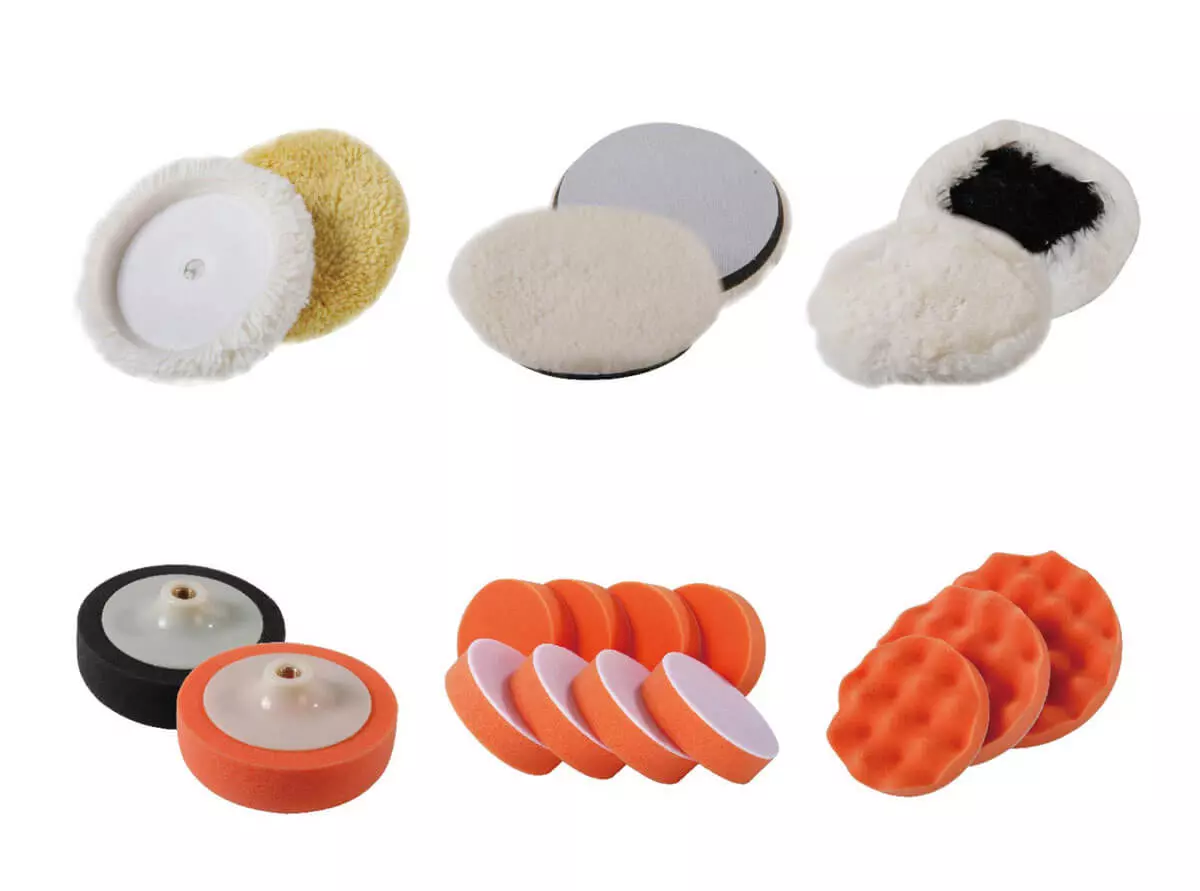
Diferentes materiais como madeira, metal, plástico ou pedras preciosas têm propriedades únicas e respondem de forma diferente a outros métodos de polimento. Abrasivos grossos são adequados para remover defeitos e moldar superfícies, enquanto abrasivos finos alcançam um acabamento suave.
Fácil de usar
Disponibilidade é outro aspecto que deve ser considerado ao comprar uma polidora. Características como o peso do dispositivo, conforto do cabo e design geral entram em jogo.
Polidores pesados podem ser cansativos de usar por longos períodos, então um peso razoável (algo resistente, mas não muito pesado) será benéfico para uso a longo prazo. Recursos ergonômicos, como cabos macios, fornecem melhor manobrabilidade e reduzem o desconforto do usuário. Além disso, um design bem equilibrado reduz a vibração e melhora o conforto do usuário.
Outras considerações importantes
Preço e qualidade : Você pode ficar tentado a economizar dinheiro escolhendo um polidor mais barato. Mas polidores de baixa qualidade tendem a ter uma vida útil mais curta e podem resultar em resultados ruins ou até mesmo danos à superfície. Um polidor de qualidade pode ser um investimento de longo prazo, proporcionando melhores resultados, durabilidade aprimorada e, o mais importante, clientes mais felizes.
Experiência de polimento : Novos usuários podem preferir recursos amigáveis e mecanismos de segurança, enquanto profissionais experientes podem optar por ferramentas avançadas com mais controle e precisão. Escolher uma polidora que corresponda às habilidades do usuário garante um polimento eficaz e seguro.
para concluir
Escolher o polidor certo é mais do que uma escolha aleatória. Como discutimos neste guia, alguns fatores-chave desempenham um papel fundamental na definição da capacidade de resposta, eficiência, versatilidade e longevidade de um polidor.
Entender essas complexidades não só permite que você atenda às necessidades do consumidor de forma mais eficaz, como também melhora sua credibilidade no mercado.
Em nossa busca pela excelência, podemos atender às suas necessidades. Como uma empresa profissional de fabricação de polidores com sede na China, a BISON oferece uma ampla gama de polidores rotativos e de dupla ação bem-feitos, inovadores e confiáveis.
Agora trabalhando com BISON.
